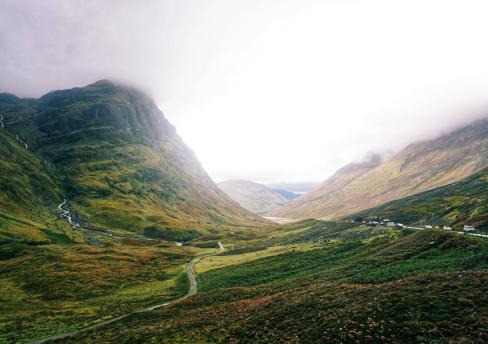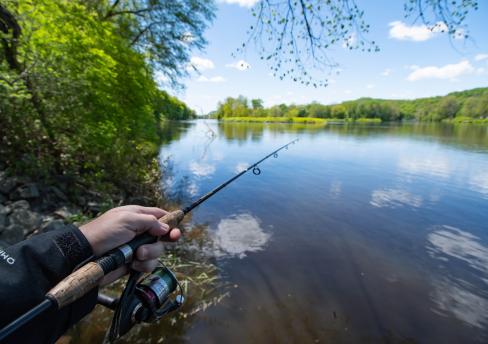On 23rd February 2019, Environment Secretary Roseanna Cunningham announced that the Eurasian or European beaver will be added to the list of European Protected Species of Animals, protected under Scottish law. This means that from May 1st this year, management of these animals, including shooting under licence, will be managed by Scottish Natural Heritage (“SNH”).
Beavers became extinct in Britain in the 16th century, mainly due to over-hunting. However, between 2009 and 2014, sixteen Eurasian beavers were successfully (and legally) introduced in the Scottish Beaver Trial to Knapdale Forest, Argyll and Bute, with the benefits and impacts being independently monitored by SNH. As SNH chief executive Francesca Osowska stated: “Beavers benefit nature, creating habitats such as ponds and wetlands where other species thrive, as well as alleviating flooding and improving water quality.”
Whilst the benefits that a managed population of beavers can bring isn't in doubt, if left unregulated, they can cause untold damage to waterways, which is something being experienced elsewhere in Scotland. Separate from the Knapdale controlled and managed release, a population of beavers, which were illegally released on Tayside has also established itself and is thriving. It is this unmanaged population, which has caused the most concern. An SNH Report published on 12 October 2018 estimated numbers to be in the region of 430 beavers in over 100 locations across Tayside.
These uncontrolled beavers have meant that farmers and landowners whose fields include or abut waterways, have suffered damage from the creation of ponds through damming. In addition, digging networks of burrows into riverbanks can cause significant damage to field drainage systems. This has led, perhaps unsurprisingly, to some land managers taking steps to control these animals into their own hands.
Last week, a female beaver was discovered dead on a wildlife reserve in Tayside, the cause of death being attributed to infection following a gunshot wound.
Scottish Wildlife Trust chief executive Jonny Hughes stated: “We believe this animal was shot elsewhere while foraging and then died from its wounds after returning to its home territory. Sadly, this beaver is likely to have suffered a slow and painful death, and the loss of the resident female may mean that the complex network of dams and lodges that have developed on the reserve will be abandoned.
“Without legal protection beavers are subject to unregulated culling," he said. "There is no clear picture of how many beavers are being culled or whether this is being done humanely."
In announcing the legal protection of the animal in Scotland the Environment Secretary said: “The Scottish Government believes in the highest standards of animal welfare – for both wild and domestic animals – and we felt it was high time that beavers enjoyed the same legal protection as other species like bats, dolphins, wildcats and otters.
SNH chief executive Francesca Osowska commented: “We welcome this news from the Scottish Government. Beavers benefit nature, creating habitats such as ponds and wetlands where other species thrive, as well as alleviating flooding and improving water quality. But it will sometimes be necessary to minimise or prevent beavers’ impacts on farming, and other interests.
The Scottish Government have insisted that there will be “extensive” protection and mitigation measures for farmers, particularly around Tayside. In particular, SNH together with the Scottish Government, farmer and conservation bodies, have produced a strategy, which allows for a sustainable future for farmers and beavers alike, including management plans, and a licensing system for culling when there is no other alternative available.
So, how will it operate?
Anyone who owns or is responsible for managing land that is affected by beaver activity is eligible to apply for the Beaver Mitigation Scheme (“BMS”) operated by SNH under the Management Framework.
On a site specific basis, SNH will provide free expert advice on how to manage beaver activity on eligible land. They will also provide equipment and cover the costs of installation and provide a monitoring plan to ensure the mitigation measures are working.
The framework is available direct from SNH and provides information on their approaches towards managing beavers and their impacts. This includes everything from licensed activities such as culling, to population management. However SNH are also committed to investigating other avenues to minimise (or mitigate) beaver impacts.
So, in addition to the site specific measures, SNH have undertaken to trial innovative solutions for mitigation and management which are appropriate to the local area as well as trialling new technology designed to track beaver activity to minimise the burden on land managers.
How effectively this will operate in practice, and what impact it will have on both beavers and landowners, is yet to be seen. However the hope is that through effective management and regulation, both will be able to co-exist and ultimately, thrive.
The content of this webpage is for information only and is not intended to be construed as legal advice and should not be treated as a substitute for specific advice. Morton Fraser LLP accepts no responsibility for the content of any third party website to which this webpage refers. Morton Fraser LLP is authorised and regulated by the Financial Conduct Authority.










